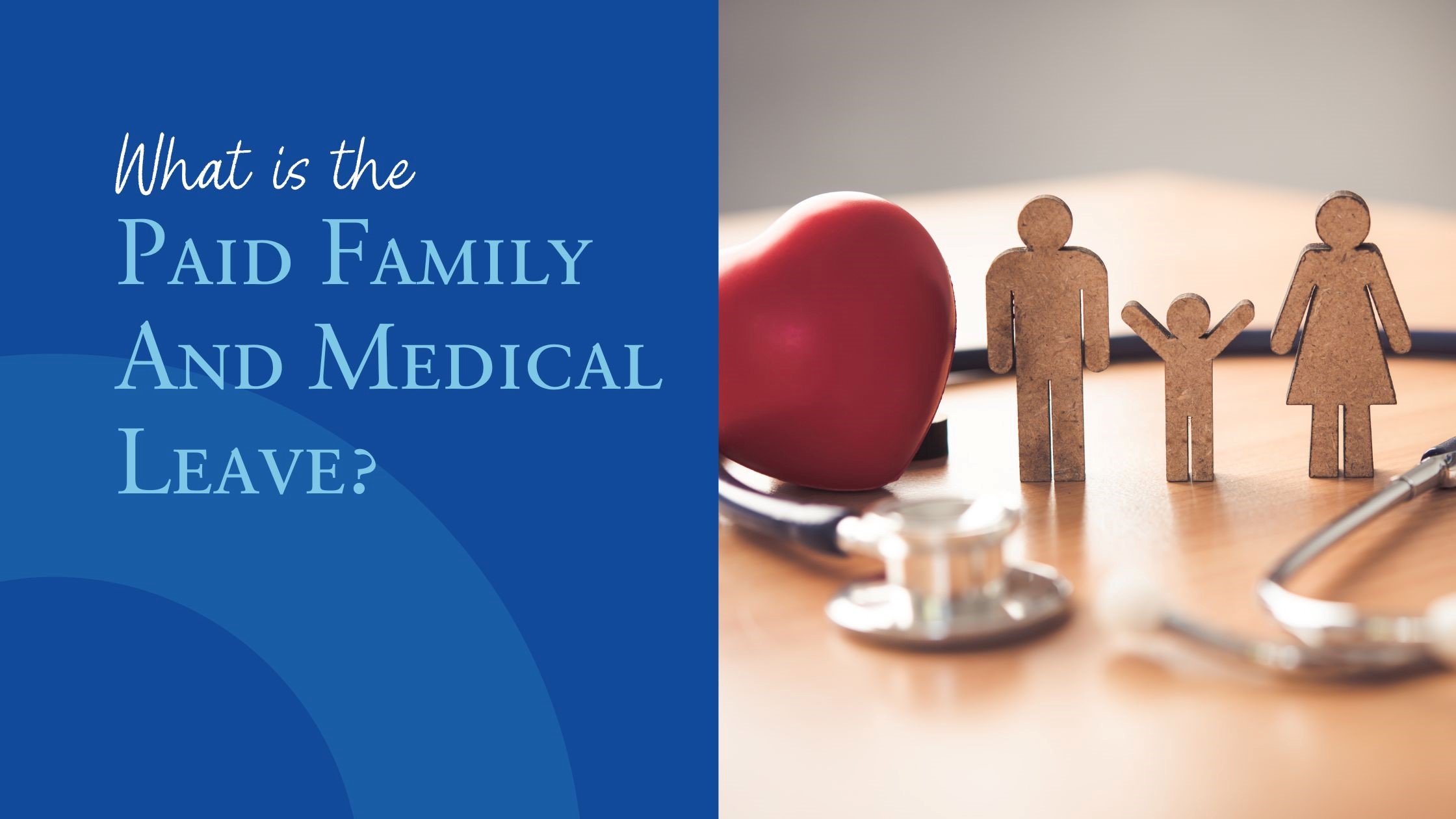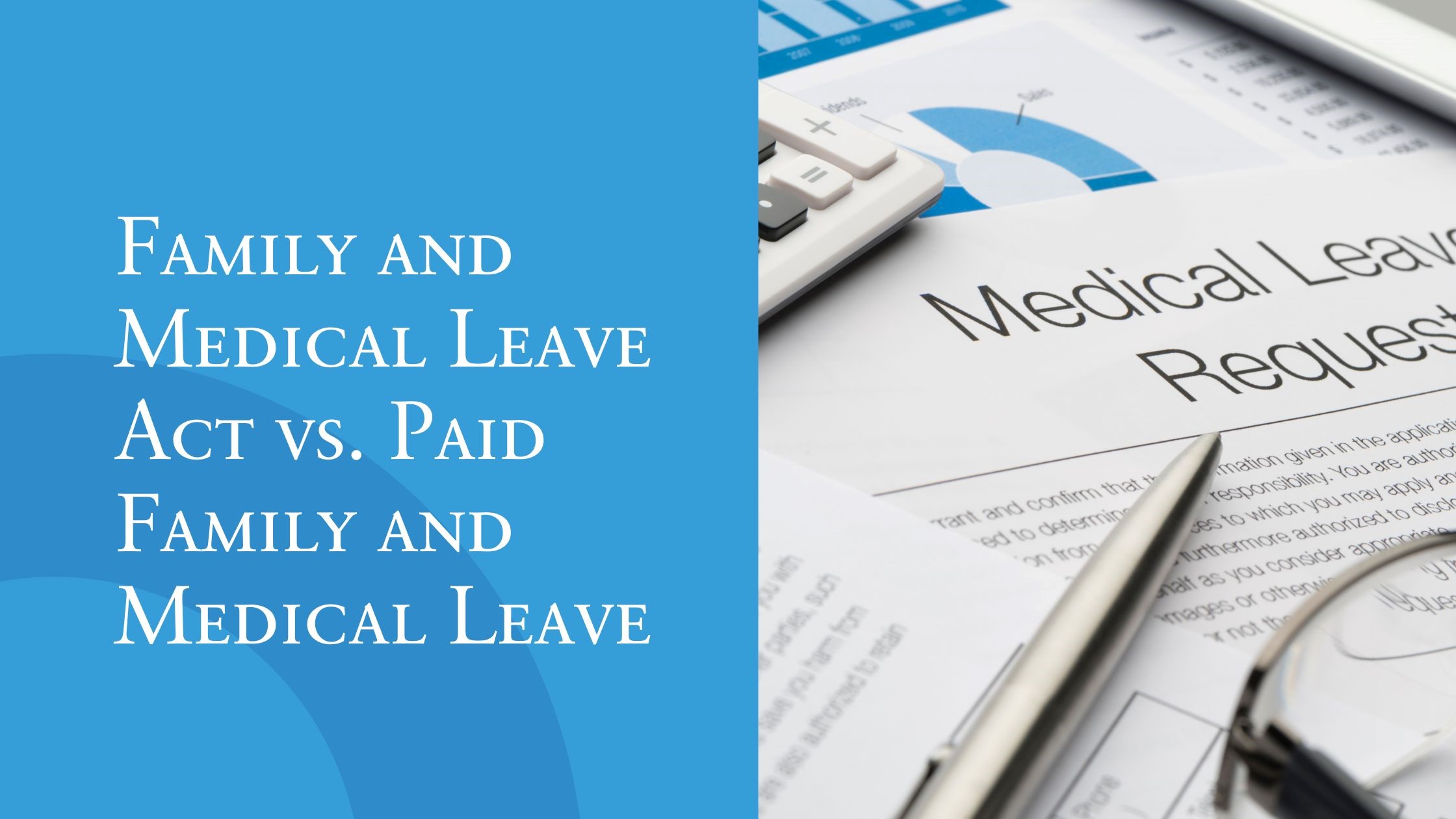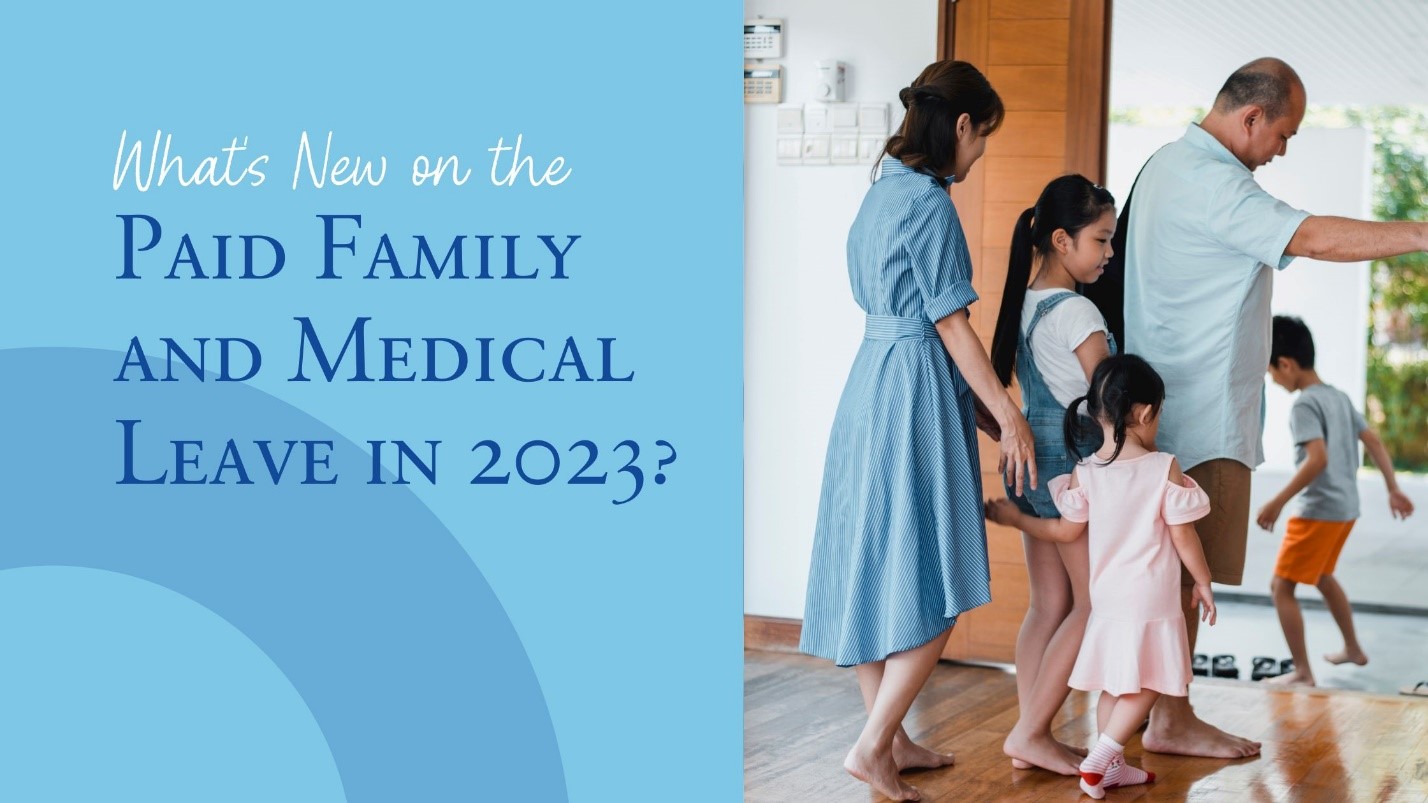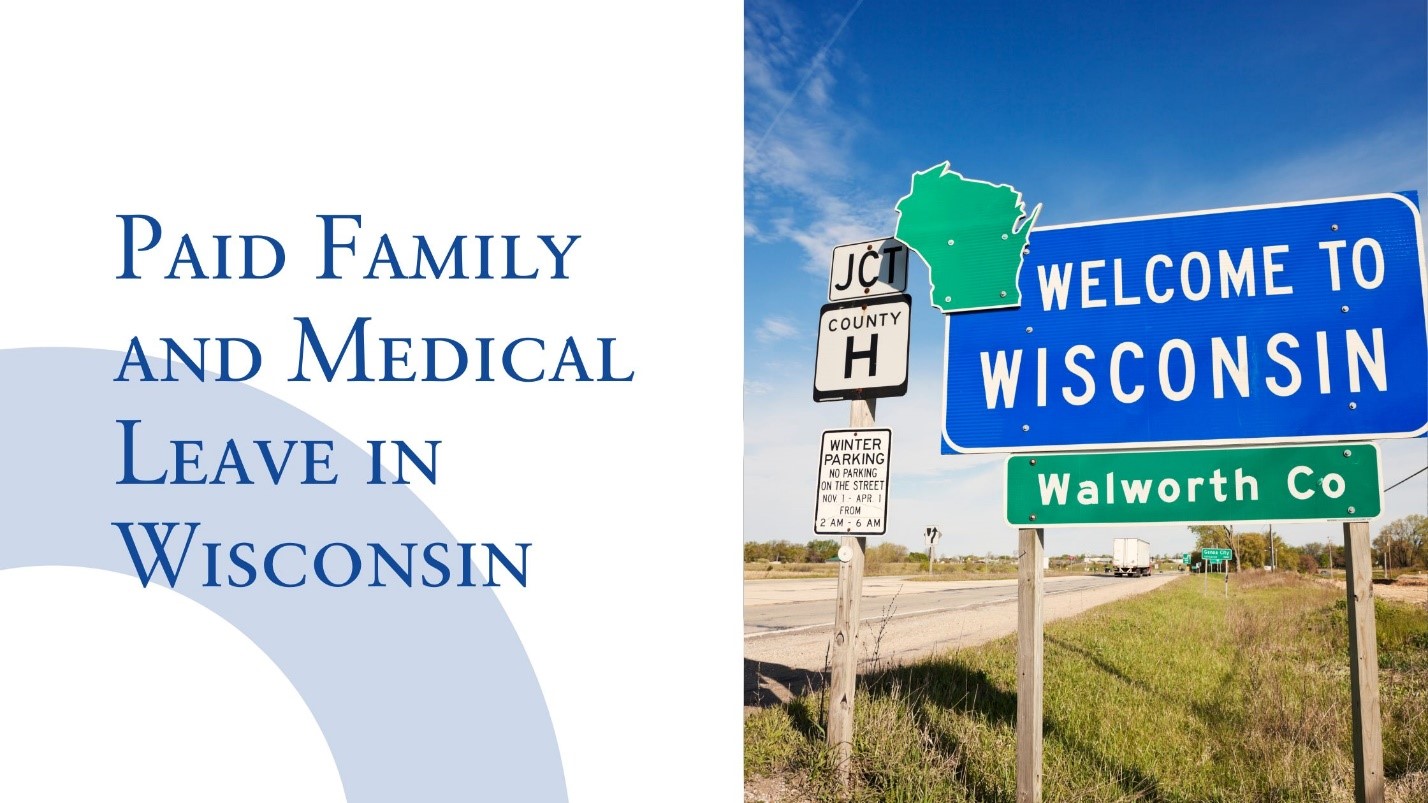Important Updates on the Paid Family Leave in 2023
Showing up may seem like a simple task, but the problem is, a lot of things require our presence: work, mom and dad’s birthday, a child’s school activity, and a sick family member that needs to be taken care of.
With a lot of matters competing for our attention, it’s not surprising to want to be in the same place at once, or to split your body into as many versions as possible. There are just some times when it’s hard to choose between work and family. Choosing either one over the other has the same gnawing guilt.
Of course, we should always put family first. But still, we need our jobs to be able to provide for our families and afford health insurance for ourselves and our dependents. This dilemma is one of the reasons why work-life balance is easier said than done.
However, with state legislation on paid family and medical leave, you can prioritize family without fear of losing your job or income due to unpaid time off.

Paid family and medical leave are employee-funded (some partially funded by employer-paid payroll taxes) insurance program that allows employees to take paid time off to care for an ill family member or bond with one’s newborn child.
Paid leave for the said purposes ranges from 8 to 20 weeks, depending on the state. Currently, this benefit is available in the District of Columbia and in the following states:
- California
- Colorado
- Connecticut
- Delaware
- Massachusetts
- Maryland
- New Jersey
- New York
- Oregon
- Rhode Island
- Washington

Many employees are hesitant to take time off, even for the most urgent reasons, for fear of losing their job or place in the company. The Family Medical Leave Act (FMLA) eases you out of this anxiety by mandating for a job-protected unpaid leave of up to 12 weeks for certain family and medical reasons, or even up to up to 26 workweeks within a single 12-month period to care for a covered service member with a serious injury or illness.
The FMLA applies to:
- Private sector employers with 50 or more employees;
- Public agencies, including local, state, or federal government agencies, regardless of the number of employees they employ; and
- Public or private elementary or secondary schools, regardless of the number of employees they employ.
These employers are not required to pay employees who are on FMLA leave. Nonetheless, they are compelled to maintain the same terms and conditions under the workers’ group health insurance and to give employees their job back when they return.
In contrast, the PFML works as a state insurance program where employees pool in the funds to provide partial wage replacement for leave-takers so they can still earn while on leave.

Before we even welcome the New Year, some states already have good news to share for those who rely on the PFML. Here are some updates to look forward to:
- Washington, D.C. – Effective October 1, 2022, the maximum amount of leave available was increased to 12 weeks for parental, family, and medical leave, from the previous limit of only 6 weeks for family and medical leave and 8 weeks for parental leave. Aside from that, earlier this year, the premium rate was reduced from 0.62% to 0.26%. effective July 1, 2022.
- New York – Starting in 2023, premiums will be reduced from 0.511% to 0.455% and the program will be expanded to allow employees to take leave to care for siblings (biological, adopted, step, and half-siblings) with serious health conditions.
- Rhode Island – The maximum amount of leave will be increased from 5 weeks to 6 weeks effective next year.
- Massachusetts – In 2023, premiums will be reduced:
• Employers with 24 or more covered employees – From 0.68% to 0.63% to 0.318% (from 0.344% in 2022)
• Employers with fewer than 25 covered employees – From 0.344% to 0.318% - California – By virtue of Senate Bill 951 benefits under California Paid Family Leave (PFL) and Short-term Disability Insurance (SDI) were increased.
Until 2024, individuals earning less than $27,000 can receive 70% of their weekly wages under PFL and SDI. It doesn’t stop there! The wage replacement rate will further increase to 90% beginning January 1, 2025.

Currently, only 17% of workers in Wisconsin have access to paid leave through their employers, and sadly, the FMLA is inaccessible for 63% of workers in the state because many cannot afford to take unpaid time off.
There is an ongoing call for PFML legislation in Wisconsin which will be accessible to around 2.7 million Wisconsinites. The proposed Wisconsin Family and Medical Leave Act is set to provide up to 12 weeks of paid leave with wage replacement at a rate ranging from 60% to 95% of an employee’s average weekly earnings.
What Are We Getting At?
Whether you’re an employee or a small business owner, it’s important to stay on top of new legislations and changes in laws pertaining to employment and working conditions so that: (1) as a worker, you’ll know what government-mandated benefits you can avail of when the need arises, or (2) as an employer, you’ll be able to run payroll accurately and advise your employees on the benefits available to them.
We have the resources to give you a headstart. You can check them out or follow us on Facebook and LinkedIn for timely notifications on the latest news, updates, trends, and tips.
Looking for custom-tailored solutions for your company’s payroll and more? Contact Payroll Solutions for a one-on-one consultation!







